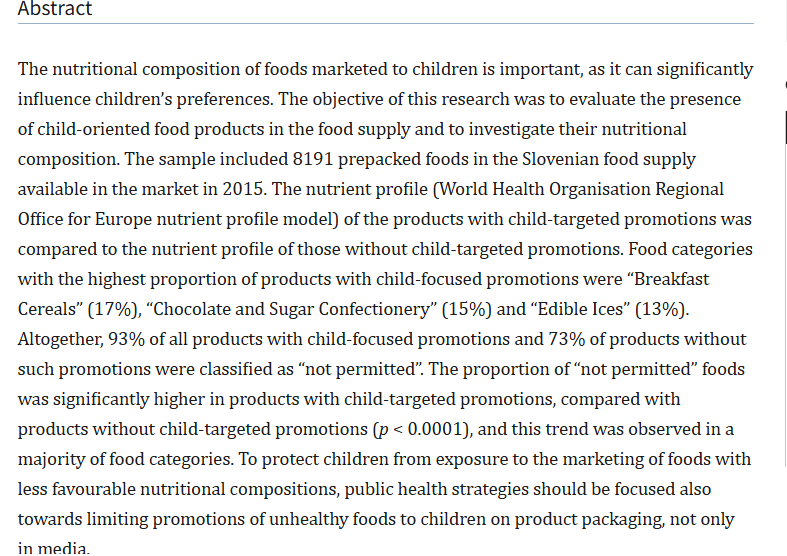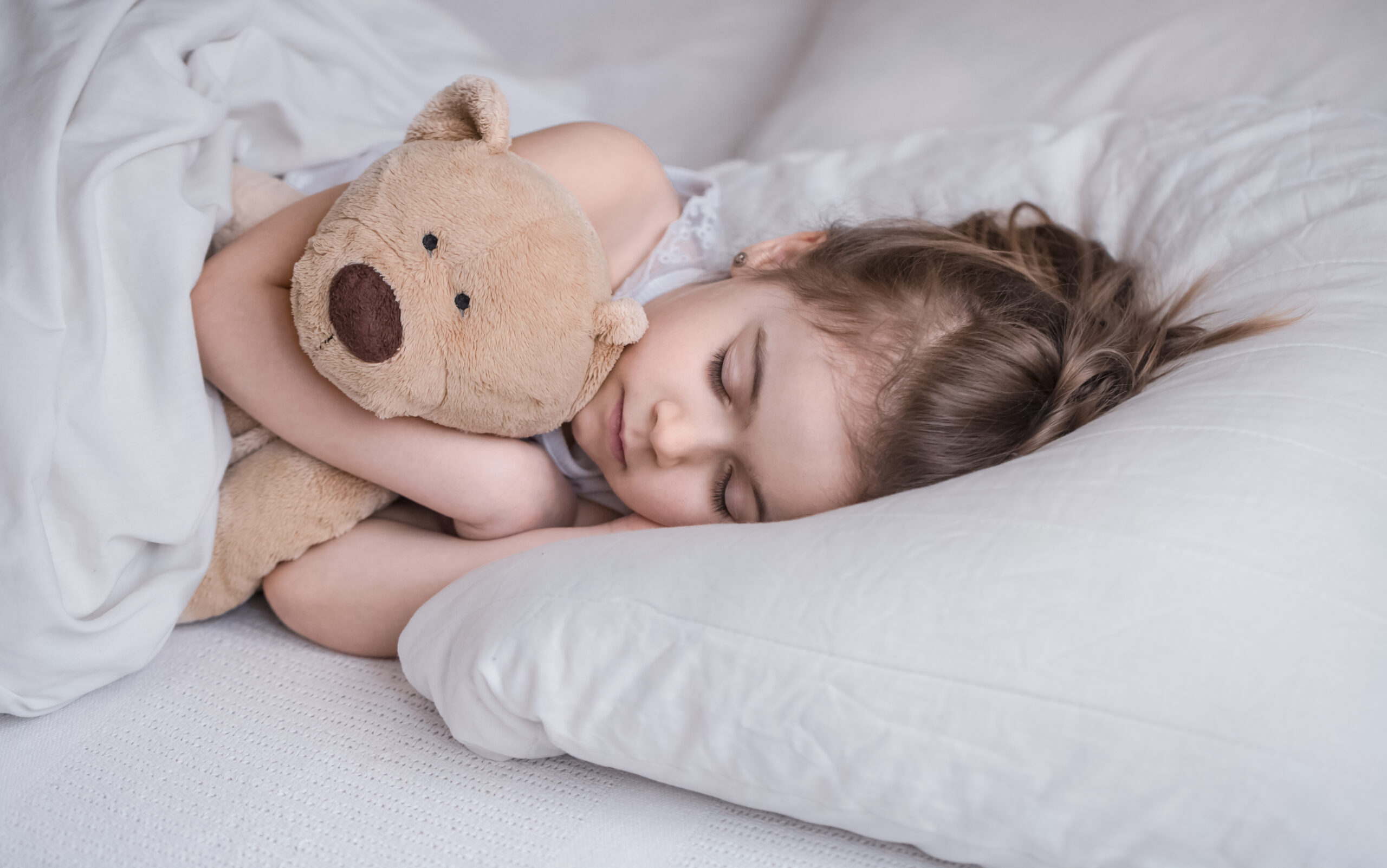I can’t tell you how many parents come to us, worried sick about their child’s health.“My child is constantly tired and lethargic.” “They refuse to eat anything without a packaged snack incentive.”
These concerns are becoming more common than ever, and it’s affecting our youth’s health—childhood obesity in India has tripled in the last two decades.
Through years of working with families, we’ve seen how overweight and obesity in children can often go unnoticed or be brushed off as a phase. It’s a common thought, and I understand where it comes from. But over the years, what we’ve seen through our consultations and patient stories often tells a different story. Sometimes, if left unaddressed, it can quietly impact a child’s health, energy, and confidence over time. Kids as young as seven or eight are being diagnosed with prediabetes, hormonal imbalances, and lifestyle diseases—conditions once associated only with adults.
This isn’t about scaring parents—it’s about awareness and action. As parents, caregivers, and educators, we have the power to bring change, but it starts with the choices we make every single day. Let’s talk about what’s really fueling it- the root causes of childhood obesity, the long-term impact it has on our children’s health, and—most importantly—what we, as a country, can do to change this for the next generation. It’s time to take responsibility, not with guilt, but with empowerment, education, and the right strategies to raise healthier, happier children.
Table of Contents
ToggleThe Reality and Causes of Childhood Obesity in India
Let’s talk about the numbers—because they’re alarming. According to The Lancet, 12.5 million children in India were obese in 2022, a shocking rise from just 0.4 million in 1990. That’s not just a statistic; it’s a wake-up call.

Obesity isn’t just an urban issue anymore. Yes, kids in cities are at higher risk—with easy access to packaged snacks, hours of screen time, and barely any outdoor play. But rural India is catching up too. The influx of processed foods has completely changed their children’s eating habits. We’re now facing a double burden—kids who are both overfed and undernourished at the same time.
At the NXT Conclave 2025, I spoke about this very issue—how nutrition is the foundation of our youth’s future and part of the primary precautions for obesity and other health problems. It’s not just about cutting junk food, it’s about education, bringing back local superfoods, and reducing our dependency on packaged foods that are stripping away real nourishment.
Thankfully, India is waking up to this crisis. Initiatives like Poshan Abhiyaan, the Fit India Movement, and Mission Poshan 2.0 are incredible steps forward. But government initiatives alone won’t fix this. The real change starts in our homes, our kitchens, and the choices we make every day. As parents and a community, it’s on us to take action—because the health of the next generation is in our hands.
I’ve seen time and again that children don’t just listen to what we say—they observe what we do. If we want them to make healthier choices, we have to lead by example. If your child sees you enjoying fresh, home-cooked food and staying active, they’ll follow suit.
Healthy habits start at home. Are you creating the right environment for your child?
Why Are Indian Children Becoming Obese: The Causes of Childhood Obesity
Obesity isn’t caused by accident—it’s a direct result of lifestyle shifts, food lobbies, marketing strategies, and cultural conditioning that have crept into our daily lives. Here are some causes of childhood obesity in our country:
a. Childhood Obesity and the Processed Food Problem
Walk down any supermarket aisle and see rows of colorful, attractively packaged snacks marketed directly to kids. Cartoon mascots, catchy jingles, and vibrant colors aren’t just fun—they’re designed to hook children early. A study (Lavriša, Ž., & Pravst, I. 2019) confirms that children gravitate towards foods with bright packaging and playful branding, influencing their long-term food preferences. As a result, many kids are consuming sugar-laden drinks, packaged snacks, and deep-fried fast food daily, replacing fresh, home-cooked meals with processed convenience.

b. Sedentary Lifestyle & Screen Addiction
Gone are the days when children spent hours playing outside. Today, many kids spend three to five hours glued to screens—whether watching TV, gaming, or scrolling on devices. This lack of movement slows metabolism, increases cravings for junk food, and disrupts sleep cycles—all of which contribute to weight gain and metabolic disorders.
c. Parental Influence & Cultural Norms
Many parents unknowingly encourage unhealthy eating habits:
“Study hard, and we’ll get you pizza.” Food rewards create emotional eating patterns that last a lifetime.

The ‘Healthy Chubby Child’ Myth: In many Indian households, a chubby child is still seen as a healthy child, leading to overfeeding and force-feeding habits that damage a child’s natural hunger regulation.
It’s time to break these patterns and change the way we view food, movement, and childhood health.
“India’s traditional food was never the problem—our sedentary lifestyle, poor-quality oils, ingredient contamination, and overeating are what damaged its reputation. Our cuisine is rich, nourishing, and deeply rooted in wisdom. When we embrace it mindfully, using real, whole ingredients, our staple diet becomes the healthiest diet.”
-
Luke Coutinho
Addressing the Root Causes of Childhood Obesity & Its Prevention: Integrating the Six Pillars of Lifestyle
As a father and as someone who has worked with children for years, I’ve seen firsthand how simple lifestyle changes can transform a child’s health. I’ve also seen the struggles parents face—the frustration of trying to get kids to eat better, the guilt of giving in to junk food demands, and the helplessness of watching them struggle with their weight.
But here’s what I always tell parents: it’s not about restrictions, punishments, or quick fixes. It’s about creating an environment where health becomes second nature. When we focus on real nourishment, healthy food positivity, movement, quality sleep, and emotional well-being, children naturally thrive.
a. Nutrition – Build a Balanced Plate
I’ve seen kids who live on packaged snacks and sugar-laden drinks, then struggle with cravings and energy crashes. A balanced plate—fruits, vegetables, proteins, and healthy fats—sets the foundation for health.
Treats are okay in moderation, but when junk food becomes an everyday habit, it rewires cravings. Food should fuel the body, not hijack it.

b. Movement – Kids Need to Play!
The base causes of childhood obesity don’t just revolve around food—it’s also about the lack of movement, stimulation, and deep rest.
Kids today spend hours on screens but barely an hour playing outside.
Play should be non-negotiable—not just structured exercise, but running, cycling, dancing, and climbing trees.

c. Breathwork – Regulate Cravings & Reduce Stress
Kids today are overstimulated and stressed. Simple breathing exercises before meals help regulate cravings and digestion.
If we get these six pillars right, we don’t need to obsess over weight. The body naturally finds balance when we create the right environment to tackle the top causes of childhood obesity. Let’s shift our focus from numbers on a scale to raising strong, energetic, and resilient children.
d. Emotional Wellness – Stop Emotional Overeating
So many kids today eat when they’re bored, stressed, or upset.
Parents must break the cycle of using food as a reward. Instead of, “You did well, let’s get ice cream,” try non-food rewards like a fun outing or extra playtime.
e. Spiritual Connection – Create Mindful Eating Habits
We rush through meals distractedly, scrolling and watching TV.
Teach kids to slow down, chew, and listen to their hunger cues.
f. Sleep – Prioritize Restorative Sleep
Sleep-deprived kids crave sugar, gain weight, and struggle with focus.
Set consistent sleep schedules and limit screen time before bed to help their bodies rest and reset.

The Role of Government & My Fit India Advocacy
Tackling the foundational causes of childhood obesity requires collective action: from families, schools, communities, and the government. India has recognized this growing crisis and is implementing national programs to promote better nutrition and active lifestyles.
India’s Efforts to Reduce Childhood Obesity
One of the best precautions for obesity and weight management challenges is to fix the way we look at nutrition from the grassroots level. Here’s how India is already making this possible for children across the country today:
- Poshan Abhiyaan & Poshan Tracker: The real-time monitoring system in Anganwadi Centres ensures children are getting the right nutrition. This data-driven approach helps identify deficiencies early and take corrective action.
- Mission Poshan 2.0: Focuses on spreading awareness, educating families, and fostering community involvement in combating childhood obesity.
- PM Modi’s Reduce Oil Initiative: Encourages households to reduce daily edible oil consumption by 10-15% to prevent lifestyle diseases. It’s not about eliminating oil—but making mindful choices about the quality and quantity used.
My Efforts as Fit India Ambassador
During my visit to an Anganwadi Centre in Delhi, I witnessed how grassroots nutrition programs are transforming children’s health. Showcasing their ongoing efforts, one of their active practices is to include local superfoods like millet and A2 ghee, which are now part of India’s school nutrition programs.
But government efforts alone won’t solve this crisis. Parents need to step up. In my masterclasses, I constantly remind them – you cannot outsource your child’s health. What they eat at home, their daily habits, their screen time—it’s all within your control. It’s time to take responsibility and lead by example.
Making Better Lifestyle Choices and Precautions for Obesity
Childhood obesity isn’t just about weight—it’s about preventable lifestyle diseases, mental health, and self-esteem. I’ve seen too many parents outsource their child’s health to schools, house help, or doctors, but the responsibility starts at home.
When we rethink food choices, prioritize movement, and model healthy behaviors, we give our children the greatest gift—lifelong well-being. The goal is to be educated, not influenced.
Health is a family culture, not a one-time intervention. It starts with small, mindful actions that compound over time. What choices are you making today that shape your child’s future? It’s time to take responsibility—not with fear, but with awareness, empowerment, and the willingness to do better.
Ready to Make Your Child’s Nutrition a Priority?
Join the Balanced Nutrition Program for Children.
Looking for personalized advice? Our experts are ready to help you thrive.
Reach Out to Team Luke’s Integrative Health Coaches!
Book a one-on-one with our team: 1800 102 0253 or write to us at [email protected].
Disclaimer: This blog is for informational purposes only and is not a substitute for medical advice, diagnosis, or treatment. If your child has underlying health conditions, food sensitivities, or is on medication, consult a qualified healthcare professional before incorporating these tips into their routine. The content shared should not be used to self-diagnose or replace professional medical guidance.
Team Luke
Our team of registered dietitians, certified nutritionists, lifestyle coaches, medical practitioners, and holistic health experts come together to share practical, accessible insights for your well-being. Whether you're seeking tips on preventive health, managing a specific condition, or simply looking to live a more balanced life, you’ll find a wealth of easy-to-apply knowledge here.
Start Your Wellness Journey
Feeling inspired to take the next step in your wellness journey? Connect with us to explore how our tailored programs can support your health journey. Your transformation is just a conversation away.



